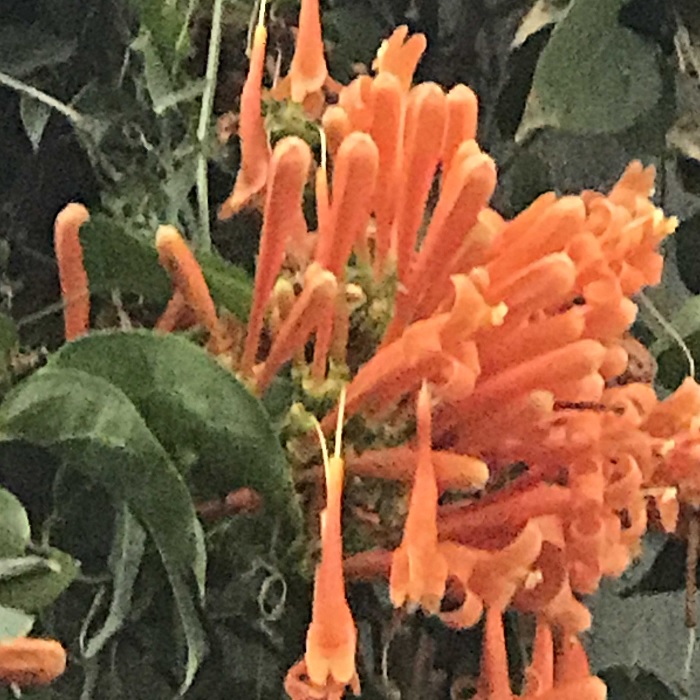UNITED STATES—Christmas tree lots at nurseries come and go at a good time. Cut and live Christmas trees become marketable just as retail sales of other items is declining. Although autumn is the best season to plant many things, not many of us want to be out in the garden as the weather gets cooler. As Christmas trees get sold and relinquish their space, bare root nursery stock becomes available.
Smaller bare root plants might be available first, because they can be brought in before leftover Christmas trees get recycled after Christmas. These include grapevines, currants, gooseberries, blueberries, blackberries, raspberries and perennials like rhubarb, asparagus and strawberries. Roses might be included too, but because they are so numerous, they often arrive with fruit trees.
Deciduous fruit trees are the majority of bare root stock. They include stone fruits, pomme fruits, figs, pomegranates, persimmons, walnuts and almonds. Stone fruits are of the genus Prunus, including apricot, cherry, plum, prune, peach, nectarine and almond. Pomme fruits are apple, pear and quince. The flowering counterparts to some of these fruit trees may be available as well.
The flowering counterparts are those that are grown for colorful bloom rather than fruit production. Flowering stone fruit trees, such as the famous flowering cherries, produce no fruit. Flowering crabapples produce small and potentially messy fruits. Flowering quinces are actually a different genus than the fruiting types. Most are fruitless. Flowering pears are not often available bare root.
While dormant in late autumn, bare root plants are dug and deprived of the soil that they grew in. They get planted into their new homes before they wake up in spring. Some are packaged in damp sawdust. Others get heeled into damp sand. The advantages of bare root stock relative to canned (potted) stock are that bare root stock is less disfigured, lacks disfigured and circling roots, gets established in a new environment more efficiently, is easier to transport, and is significantly less expensive.
Highlight: flame vine
This is no timid vine! Flame vine, Pyrostegia venusta, is related to the lavender trumpet vine and blood red trumpet vine, and is just as vigorous. Although it can not be recommended for tight spaces or small refined gardens, it excels at obscuring concrete walls. It only needs wires or stakes to be convinced to climb. If it gets too big, it can be cut back after bloom to regenerate quickly.
Unlike the related trumpet vines that only bloom less but otherwise grow well in partial shade, flame vine really wants plenty of sunlight and nice warm exposure. Fertilizer can accelerate growth for new plants, but too much can inhibit bloom of mature plants. Occasional watering is all flame vine wants. Regular pruning may be needed to keep tendrils away from plants and painted surfaces.
Flashy drooping clusters of bright orange flowers bloom in autumn and winter, much to the delight of overwintering hummingbirds. Each floral cluster contains more than a dozen narrowly tubular flowers that are almost three inches long. The evergreen triofoliate leaves (divided into three leaflets) are quite lush through most of the year, but look a bit tired and sparse as they molt in spring.
Horticulturist Tony Tomeo can be contacted at tonytomeo.wordpress.com.




